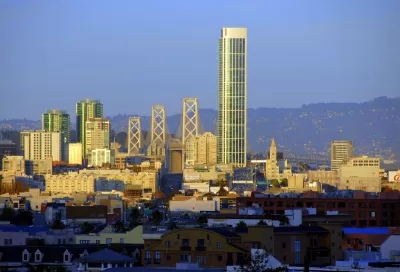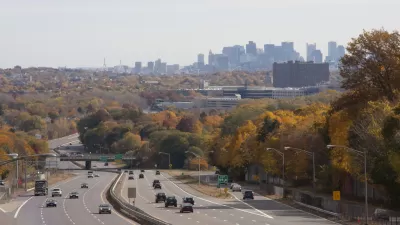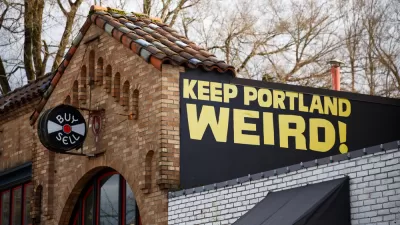San Francisco has long been the envy of other cities. But in recent years, as real estate prices have skyrocketed and the city's soul seems on the wane, many cities have begun looking at San Francisco as an example of what not to do.

"Nowhere… has there been a more concerted effort to create a San Francisco-like tech scene with fewer downsides than in Seattle, the country’s second-biggest tech hub by some measures," according to an article by Nick Wingfield.
Wingfield cites examples of similar concerns in cities like Boulder and Austin, but focuses on how Seattle has reacted to the evolution of San Francisco in recent years as a result of the influx of residents and businesses connected to a booming tech industry.
Seattle, too, has been attracting varieties of tech businesses—none with more capacity to change the fabric of the city than Amazon. According to WIngfield, "[w]hile the city’s mayor, Ed Murray, praises Amazon, he has also said he wants to keep the working-class roots of Seattle, a city with a major port, fishing fleet and even a steel mill. After taking office last year, he made the minimum-wage increase a priority and reassured representatives of the city’s manufacturing and maritime industries that Seattle needed them." Mayor Murray is pinning his vision for the city on the idea that a bustling tech sector need not cause the demise of the manufacturing industry.
One key difference between Seattle and San Francisco, as examined in the article, is each of the city's construction of housing. "Last year, Seattle had a net addition of more than 7,500 homes, a record for the city, compared with just over 3,500 in San Francisco, according to planning departments in both cities." To be fair, according to Wingfield, "Seattle partly benefits from having a larger area and about 185,000 fewer residents than San Francisco."
FULL STORY: Seattle, in Midst of Tech Boom, Tries to Keep Its Soul

Alabama: Trump Terminates Settlements for Black Communities Harmed By Raw Sewage
Trump deemed the landmark civil rights agreement “illegal DEI and environmental justice policy.”

Planetizen Federal Action Tracker
A weekly monitor of how Trump’s orders and actions are impacting planners and planning in America.

The 120 Year Old Tiny Home Villages That Sheltered San Francisco’s Earthquake Refugees
More than a century ago, San Francisco mobilized to house thousands of residents displaced by the 1906 earthquake. Could their strategy offer a model for the present?

Indy Neighborhood Group Builds Temporary Multi-Use Path
Community members, aided in part by funding from the city, repurposed a vehicle lane to create a protected bike and pedestrian path for the summer season.

Congestion Pricing Drops Holland Tunnel Delays by 65 Percent
New York City’s contentious tolling program has yielded improved traffic and roughly $100 million in revenue for the MTA.

In Both Crashes and Crime, Public Transportation is Far Safer than Driving
Contrary to popular assumptions, public transportation has far lower crash and crime rates than automobile travel. For safer communities, improve and encourage transit travel.
Urban Design for Planners 1: Software Tools
This six-course series explores essential urban design concepts using open source software and equips planners with the tools they need to participate fully in the urban design process.
Planning for Universal Design
Learn the tools for implementing Universal Design in planning regulations.
Clanton & Associates, Inc.
Jessamine County Fiscal Court
Institute for Housing and Urban Development Studies (IHS)
City of Grandview
Harvard GSD Executive Education
Toledo-Lucas County Plan Commissions
Salt Lake City
NYU Wagner Graduate School of Public Service





























